Acquired Immunodeficiency Syndrome (AIDS): Understanding, Management, and Alternative Options
Acquired Immunodeficiency Syndrome (AIDS) is a complex disorder that compromises the immune system. Conventional beliefs suggest that AIDS results from the infection of immune cells by the Human Immunodeficiency Virus (HIV-1 and HIV-2). While antiretroviral therapies have significantly lowered illness and death rates from HIV, they often come with many side effects, including nutrient depletion. The progression from HIV to AIDS depends on many factors, including nutrition. HIV itself interferes with nutrient absorption, causing deficiencies in essential vitamins and minerals. This nutrient loss, combined with increased oxidative stress, can weaken the body’s ability to fight infections. Dr. Hoeper offers in-person consultations in Pittsburgh, PA, and virtual appointments to support individuals with HIV/AIDS using a holistic approach.
The Role of Nutrition and Oxidative Stress
Oxidative stress plays a key role in the progression of HIV to AIDS. Increased oxidation and the loss of antioxidants like glutathione can lead to a weakened immune system and cell death. People with HIV often have low levels of antioxidants such as vitamin C, vitamin E, and selenium. Improving the body’s antioxidant levels through diet and lifestyle changes is crucial for managing the condition.
Alternative Approaches to Managing HIV and AIDS
While conventional treatments like antiretroviral therapy are often the main focus, alternative and integrative therapies can provide valuable support to improve quality of life and overall health.
Nutritional Support
A nutrient-rich diet is vital for people with HIV/AIDS. They often need more calories to avoid muscle loss and maintain energy balance. Protein-rich foods help repair tissues and support growth, but it is important to choose organic sources. Non-organic animal products often contain hormones, antibiotics, or steroids, which can burden the body further.
- Green Foods: Including “green” foods like leafy vegetables provides essential nutrients and helps alkalize the body. An alkaline environment can make the body less favorable for disease progression.
- Vitamin C and Selenium: Nutrients like vitamin C and selenium are especially important as their levels drop as HIV progresses. Vitamin C boosts the immune system, increases interferon production, and enhances the activity of white blood cells. Selenium supports liver health and helps maintain CD4 T-cell levels, which are crucial for immune function.
Botanicals and Herbs
Many individuals with HIV use herbs and botanicals to support their immune systems. These natural options often have low toxicity, are affordable, and have growing scientific support.
- Milk Thistle: Supports liver health, which is crucial for those taking potent HIV medications.
- Licorice, Echinacea, and Astragalus: These herbs can boost immune function and enhance energy. Astragalus, known for its immune-boosting properties, may increase the activity of natural killer cells.
- Turmeric: Helps reduce inflammation in the body.
- Cat’s Claw and Pau D’Arco: These herbs have a long history of use in supporting immunity and managing symptoms.
Dr. Hoeper can guide you in safely incorporating these herbs into your regimen, ensuring they complement your current treatments.
Lifestyle Changes
Lifestyle changes can also provide support for managing HIV/AIDS.
- Diet: Adopting an organic, whole-food diet can strengthen overall health.
- Stress Management: Practices such as yoga, meditation, and biofeedback can help maintain a balanced immune response.
- Complementary Therapies: Traditional Chinese medicine, chiropractic care, and therapies like ozone therapy and hyperthermia offer complementary support.
- Exercise: Regular exercise strengthens the body and improves immune function.
- Gut Health: Prebiotic and probiotic treatments are vital for gut health, which plays a central role in overall immunity.
Detoxification and Dietary Considerations
Detoxification programs, including chelation, sauna therapy, hydrotherapy, and liver and colon detox supplements, can help the body cleanse itself. These methods reduce the toxic load on the liver, which often faces added stress in HIV patients due to medication and the disease itself.
Dietary Considerations
Dietary inadequacy in people with HIV/AIDS can stem from psychological changes, intestinal problems, and drug-nutrient interactions. These factors often lead to higher energy use and nutrient deficiencies.
- Protein: A diet rich in protein can help repair tissues and maintain body mass. However, choosing organic sources is important to avoid added hormones and antibiotics.
- Fiber, Probiotics, and Prebiotics: Increasing fiber intake, along with probiotics and prebiotics, can manage common symptoms like diarrhea and support gut health.
- Green Foods: Adding green foods to the diet helps alkalize the body, which can potentially slow disease progression.
Incorporating Natural Supplements and Botanicals
Certain natural supplements can support immune health and overall well-being in individuals with HIV/AIDS.
- Antioxidants: Vitamin C, bioflavonoids like quercetin, and grape seed extract offer antioxidant benefits that help reduce oxidative stress.
- Selenium and Zinc: Support immune health and can slow disease progression.
- Essential Fatty Acids (EFAs): Particularly those in fish oil, reduce inflammation.
- Milk Thistle: Provides liver support, especially for individuals on antiretroviral drugs.
- Astragalus: A well-known immune-boosting herb that shows both safety and effectiveness.
- Olive Leaf Extract: Contains natural protease inhibitors, which may help reduce viral load.
- Medicinal Mushrooms: Mushrooms like shiitake and maitake can enhance T-cell counts and support immune health.
Dr. Hoeper can help you safely incorporate these natural supplements into your daily routine, ensuring they align with your overall health goals and current treatments.
Conclusion
While AIDS remains incurable, integrative and alternative therapies can help manage the condition. Nutritional support, lifestyle changes, detoxification, and natural remedies can strengthen the immune system and improve quality of life. When used alongside conventional treatment, these approaches offer a holistic strategy for managing this complex condition. Dr. Hoeper offers both in-person consultations in Pittsburgh, PA, and virtual appointments to help create personalized plans that address the unique needs of each individual.
Take control of your health by scheduling a consultation with Dr. Hoeper. Learn how a comprehensive, natural approach can support your journey to improved well-being and quality of life.

